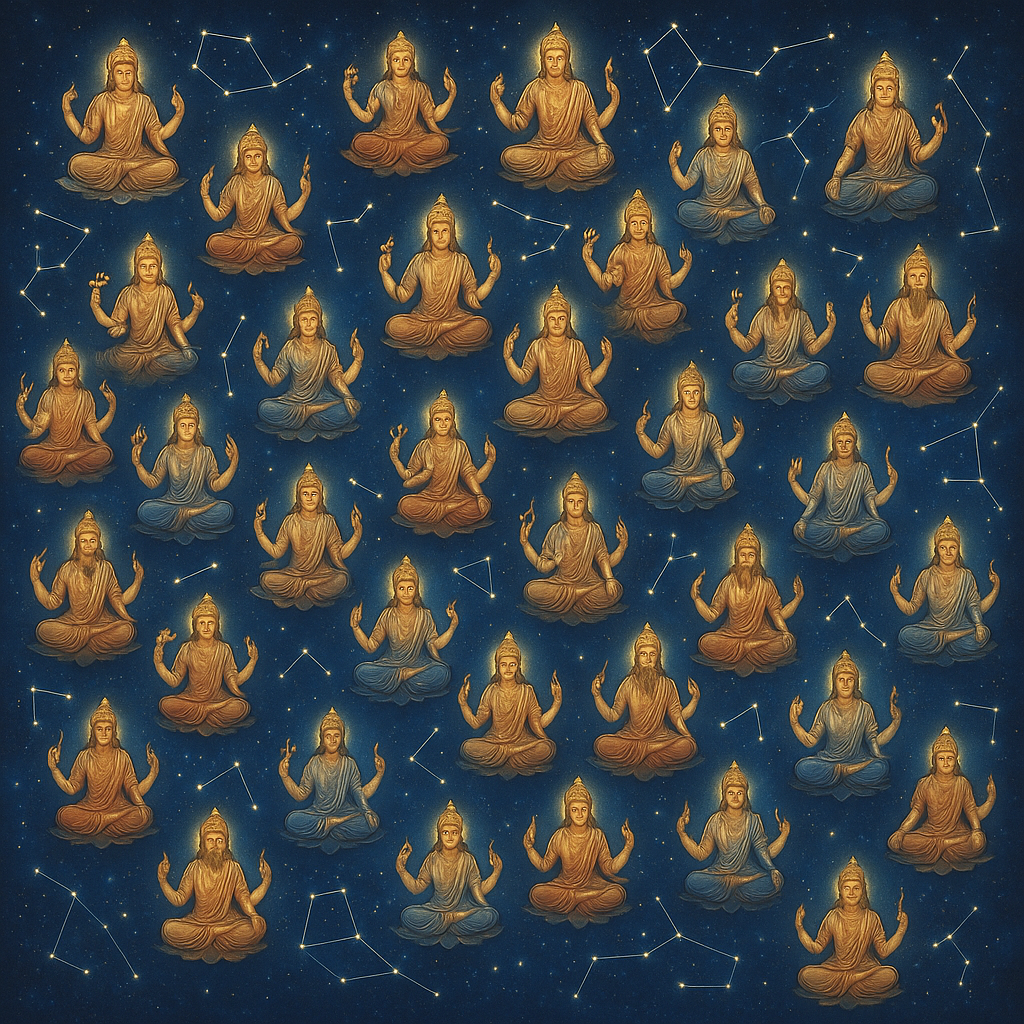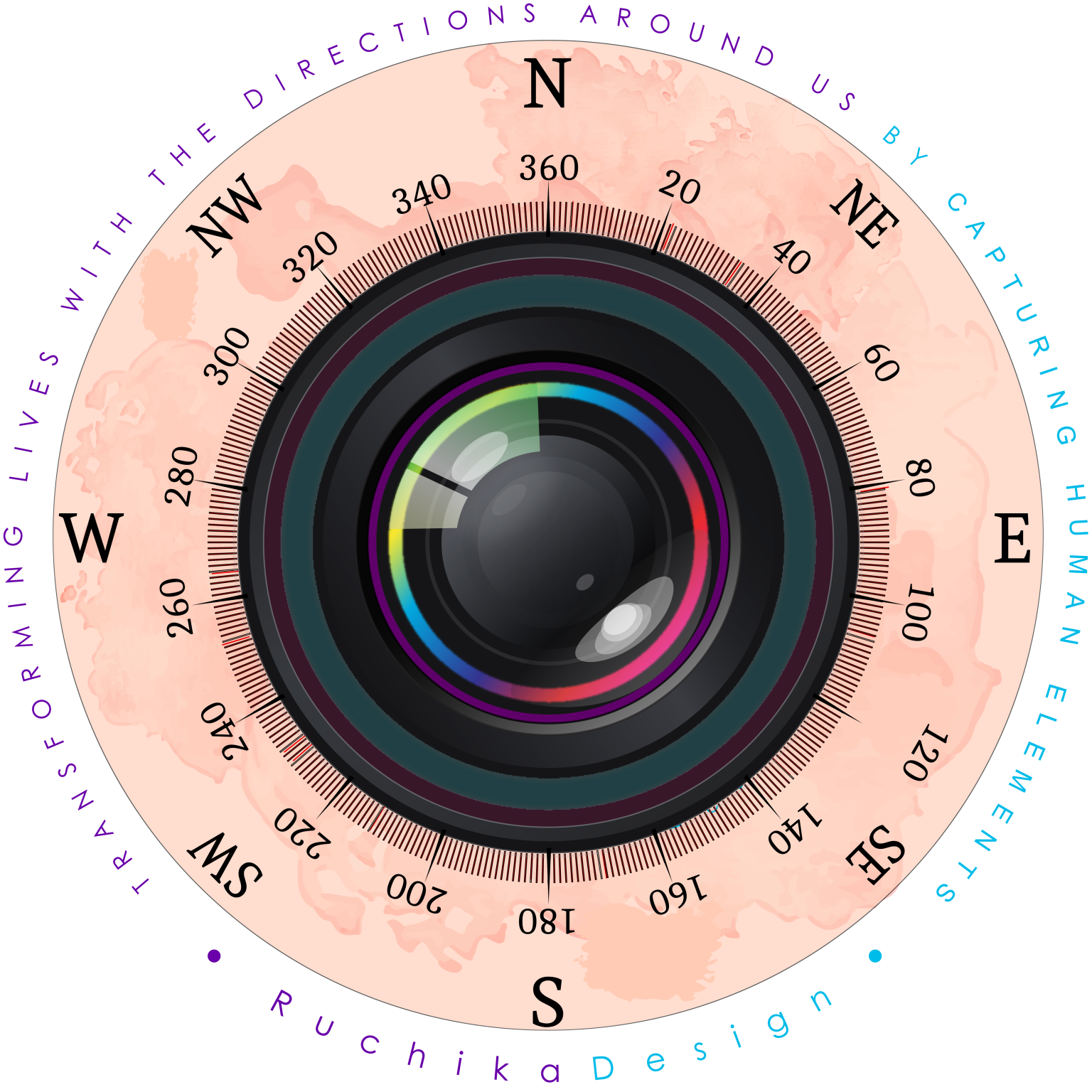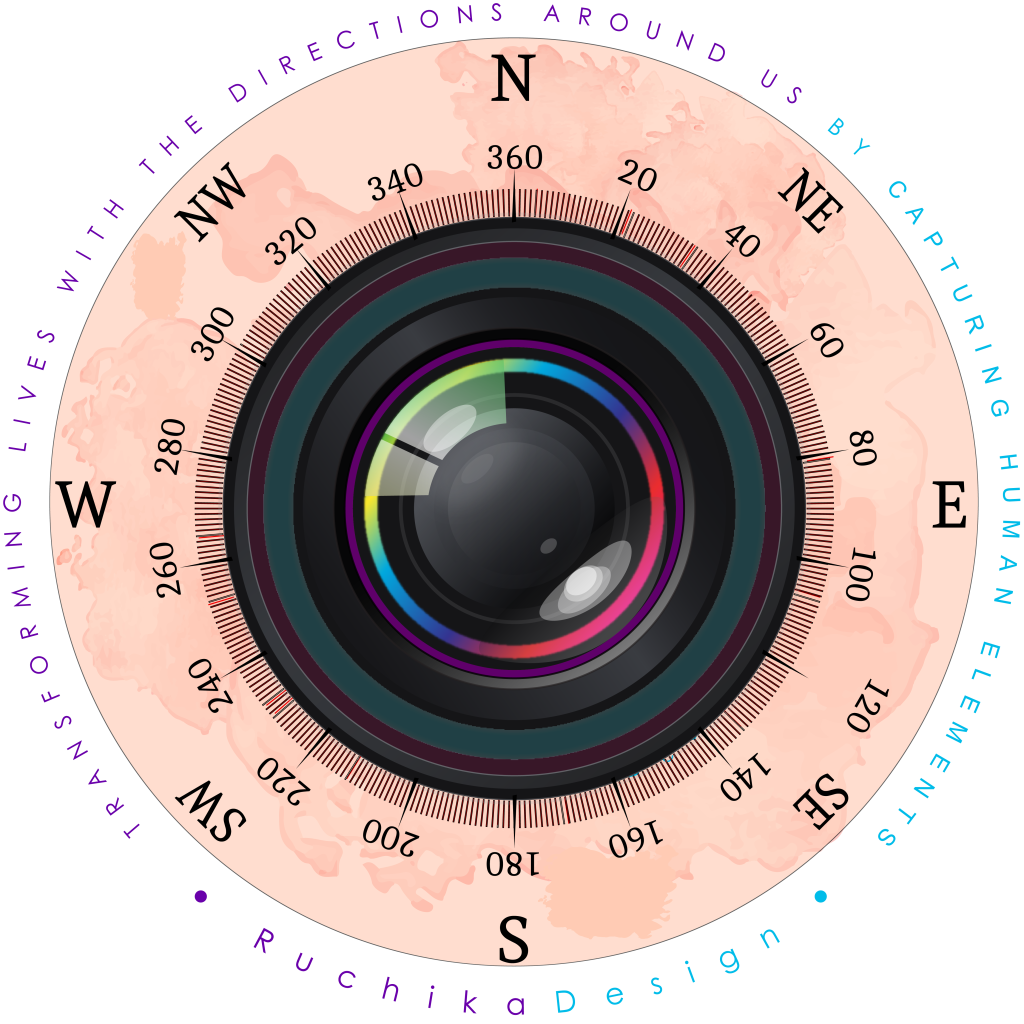
Nakshatras as Behavioral Mirrors
Post by : RuchikaDesign
Post date : 12/07/2025
What Are the 45 Devtas?
In Vedic tradition, the nakshatra system divides the zodiac into 27 sectors, each ruled by a specific Devta or divine archetype. But if you go deeper, each nakshatra actually houses three Devtas. That gives us 27 x 3 = 81 forces, but 45 of them are considered primary or most active in shaping human tendencies.
-
Indra (Ruler of Jyestha Nakshatra) speaks to leadership, ego, and responsibility.
-
Vayu (Ruler in Swati) reflects restlessness, movement, and seeking freedom.
-
Yama (Ruler in Bharani) mirrors discipline, karmic boundaries, and inner transformation.
Most people think Vastu is just about home layout—where to place the kitchen, the bed, or the entrance. But real Vastu goes much deeper. At its core is a powerful spiritual-geometrical diagram called the Vastu Purusha Mandala, and within this sacred grid live 45 Devtas—each governing a specific zone, element, and behavioral pattern.
These 45 Devtas aren’t just gods—These 45 Devtas represent guiding forces that influence how energy moves around and within you. When their zones are aligned, your life flows. When misaligned, you experience blockages—mentally, physically, emotionally, even financially.
The Vastu Purusha Mandala divides space into 81 parts:
-
45 external segments ruled by Devtas (the outer frame)
-
32 inner segments related to energies and movement
-
4 central squares representing Brahmasthan—the core energy center
The 45 Devtas in the outer segments control:
-
Emotions (e.g., Varuna = water, mind, stability)
-
Actions (e.g., Indra = leadership, power, ego)
-
Communication (e.g., Vayu = movement, ideas)
-
Inner growth and discipline (e.g., Yama = boundaries, transformation)
Each direction or zone in your space has a Devtas associated with it. For example:
-
East (ruled by Indra): clarity, authority, new beginnings
-
North (ruled by Kuber): prosperity, abundance
-
South (ruled by Yama): discipline, control over fear
-
West (ruled by Varuna): creativity, emotions, expansion
Why the 45 Devtas Matter
Think of your home or workspace as a body. Each area is like an organ, and each Devta is like a nerve controlling its function. When you block or disrespect a Devta’s zone—by clutter, wrong construction, or misuse—you create resistance in that area of life.
For instance:
-
If the Agni (fire) zone in the southeast is blocked, you may face anger issues, digestion problems, or lack of drive.
-
If the Vayu (air) zone in the northwest is unbalanced, relationships can become unstable or erratic.
The Inner-Outer Connection
Just like nakshatras show Devta behavior in the sky, the Vastu grid shows Devta influence in physical space. Aligning your surroundings with these 45 Devtas helps you tune your external environment to support your inner evolution.
Vastu isn’t superstition—it’s behavioral architecture. It’s about building your space to support who you’re meant to be
Why This Matters
Because this is where astrology becomes useful—not as a passive label-maker but as an active behavioral tool. Understanding the Devtas through nakshatras helps you:
-
Break old patterns
-
Understand your emotional wiring
-
Work with your nature, not against it
-
Make peace with your flaws and polish your strengths
The Devtas aren’t judging. They’re guiding. They represent parts of you that want expression, integration, and awareness.
Here’s a starter process:
1. Know Your Nakshatras
Get your Vedic chart and note the nakshatras of your Moon, Ascendant, and key planets like Mars, Venus, and Saturn. Each of these will point to different Devta energies in you.
2. Study the Devtas
Learn the behavioral nature of the Devtas linked to those nakshatras. Are they warriors? Creators? Healers? Rule-breakers? Seekers? What are their flaws and strengths? This shows you what part of you is trying to speak.
3. Observe Your Triggers
Where are you fighting yourself? Are you suppressing a strong Devta force? Are you overdoing one? Balancing these is where growth happens.
4. Practice Aligned Behavior
If your chart shows Vayu but you’re living a stuck, rigid life, you’ll feel constant frustration. If you have Yama but lack boundaries, you’ll attract chaos. Aligning means embodying the best expression of your Devta energy—not avoiding it, and not letting it run wild either.
Today, We Call Them Energy Fields
In ancient texts, they were called Devtas—divine intelligences assigned to specific zones of the Vastu Purusha Mandala. Today, we understand them as Vastu energy fields—zones within a space that carry distinct psychological, emotional, and functional frequencies.
Each of the 45 Devtas corresponds to a particular direction and energy. Together, they form a subtle grid that determines how energy flows through a building—and through the lives of the people in it.
When you balance these energy fields, life tends to sync up:
-
Decisions become easier.
-
Emotions stay grounded.
-
Growth feels natural, not forced.
But when these zones are blocked or misused—say, by placing heavy clutter in the zone of communication or building a bathroom in the zone of wealth—you can feel stuck, reactive, or disconnected from your purpose.
So yes, the ancient names remain—Indra, Agni, Vayu, Varuna—but what they truly represent are living energy fields within your home and within you. Align your space, and you realign yourself.
I keep on reading these books
Many scriptures mention the Vastu Purusha and the devtas occupying different zones of a structure, here are the key sources where the 45 Devtas are referenced or implied
Manasāra (also called Mānasāra Shilpa Shastra)
-
Contains a full Pad vinyasa section in Chapter 7 (“Ground Plans”), verses 200–260, where the 32‑ or 81‑grid mandalas link deities to spatial divisions
-
Manasāra
-
Mayamatam, Samarāṅgaṇa, and Vishwakarma Prakāśa overlay deities onto that grid.
-
Bṛhat Saṃhitā
Nakshatras as Behavioral Mirrors
Post by : RuchikaDesign
Post date : 12/07/2025
What Are the 45 Devtas?
In Vedic tradition, the nakshatra system divides the zodiac into 27 sectors, each ruled by a specific Devta or divine archetype. But if you go deeper, each nakshatra actually houses three Devtas. That gives us 27 x 3 = 81 forces, but 45 of them are considered primary or most active in shaping human tendencies.
-
Indra (Ruler of Jyestha Nakshatra) speaks to leadership, ego, and responsibility.
-
Vayu (Ruler in Swati) reflects restlessness, movement, and seeking freedom.
-
Yama (Ruler in Bharani) mirrors discipline, karmic boundaries, and inner transformation.
Most people think Vastu is just about home layout—where to place the kitchen, the bed, or the entrance. But real Vastu goes much deeper. At its core is a powerful spiritual-geometrical diagram called the Vastu Purusha Mandala, and within this sacred grid live 45 Devtas—each governing a specific zone, element, and behavioral pattern.
These 45 Devtas aren’t just gods—These 45 Devtas represent guiding forces that influence how energy moves around and within you. When their zones are aligned, your life flows. When misaligned, you experience blockages—mentally, physically, emotionally, even financially.
The Vastu Purusha Mandala divides space into 81 parts:
-
45 external segments ruled by Devtas (the outer frame)
-
32 inner segments related to energies and movement
-
4 central squares representing Brahmasthan—the core energy center
The 45 Devtas in the outer segments control:
-
Emotions (e.g., Varuna = water, mind, stability)
-
Actions (e.g., Indra = leadership, power, ego)
-
Communication (e.g., Vayu = movement, ideas)
-
Inner growth and discipline (e.g., Yama = boundaries, transformation)
Each direction or zone in your space has a Devtas associated with it. For example:
-
East (ruled by Indra): clarity, authority, new beginnings
-
North (ruled by Kuber): prosperity, abundance
-
South (ruled by Yama): discipline, control over fear
-
West (ruled by Varuna): creativity, emotions, expansion
Why the 45 Devtas Matter
Think of your home or workspace as a body. Each area is like an organ, and each Devta is like a nerve controlling its function. When you block or disrespect a Devta’s zone—by clutter, wrong construction, or misuse—you create resistance in that area of life.
For instance:
-
If the Agni (fire) zone in the southeast is blocked, you may face anger issues, digestion problems, or lack of drive.
-
If the Vayu (air) zone in the northwest is unbalanced, relationships can become unstable or erratic.
The Inner-Outer Connection
Just like nakshatras show Devta behavior in the sky, the Vastu grid shows Devta influence in physical space. Aligning your surroundings with these 45 Devtas helps you tune your external environment to support your inner evolution.
Vastu isn’t superstition—it’s behavioral architecture. It’s about building your space to support who you’re meant to be
Why This Matters
Because this is where astrology becomes useful—not as a passive label-maker but as an active behavioral tool. Understanding the Devtas through nakshatras helps you:
-
Break old patterns
-
Understand your emotional wiring
-
Work with your nature, not against it
-
Make peace with your flaws and polish your strengths
The Devtas aren’t judging. They’re guiding. They represent parts of you that want expression, integration, and awareness.
Here’s a starter process:
1. Know Your Nakshatras
Get your Vedic chart and note the nakshatras of your Moon, Ascendant, and key planets like Mars, Venus, and Saturn. Each of these will point to different Devta energies in you.
2. Study the Devtas
Learn the behavioral nature of the Devtas linked to those nakshatras. Are they warriors? Creators? Healers? Rule-breakers? Seekers? What are their flaws and strengths? This shows you what part of you is trying to speak.
3. Observe Your Triggers
Where are you fighting yourself? Are you suppressing a strong Devta force? Are you overdoing one? Balancing these is where growth happens.
4. Practice Aligned Behavior
If your chart shows Vayu but you’re living a stuck, rigid life, you’ll feel constant frustration. If you have Yama but lack boundaries, you’ll attract chaos. Aligning means embodying the best expression of your Devta energy—not avoiding it, and not letting it run wild either.
Today, We Call Them Energy Fields
In ancient texts, they were called Devtas—divine intelligences assigned to specific zones of the Vastu Purusha Mandala. Today, we understand them as Vastu energy fields—zones within a space that carry distinct psychological, emotional, and functional frequencies.
Each of the 45 Devtas corresponds to a particular direction and energy. Together, they form a subtle grid that determines how energy flows through a building—and through the lives of the people in it.
When you balance these energy fields, life tends to sync up:
-
Decisions become easier.
-
Emotions stay grounded.
-
Growth feels natural, not forced.
But when these zones are blocked or misused—say, by placing heavy clutter in the zone of communication or building a bathroom in the zone of wealth—you can feel stuck, reactive, or disconnected from your purpose.
So yes, the ancient names remain—Indra, Agni, Vayu, Varuna—but what they truly represent are living energy fields within your home and within you. Align your space, and you realign yourself.
I keep on reading these books
Many scriptures mention the Vastu Purusha and the devtas occupying different zones of a structure, here are the key sources where the 45 Devtas are referenced or implied
Manasāra (also called Mānasāra Shilpa Shastra)
-
Contains a full Pad vinyasa section in Chapter 7 (“Ground Plans”), verses 200–260, where the 32‑ or 81‑grid mandalas link deities to spatial divisions
-
Manasāra
-
Mayamatam, Samarāṅgaṇa, and Vishwakarma Prakāśa overlay deities onto that grid.
-
Bṛhat Saṃhitā



